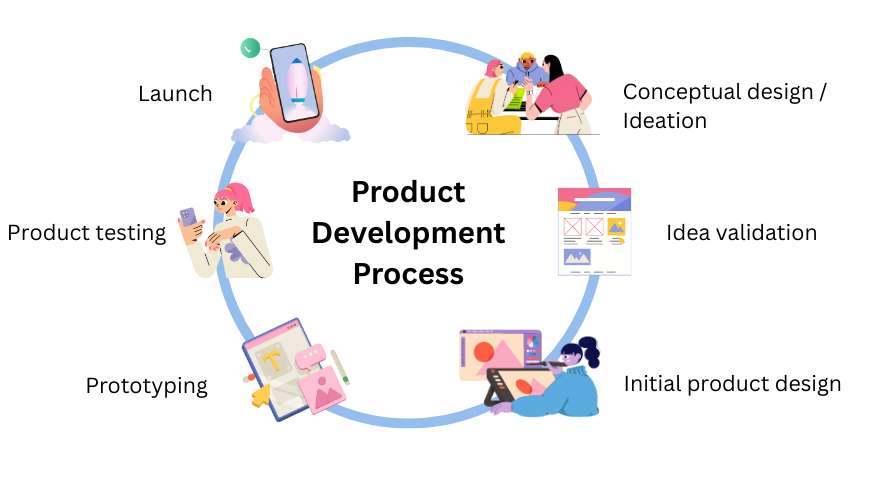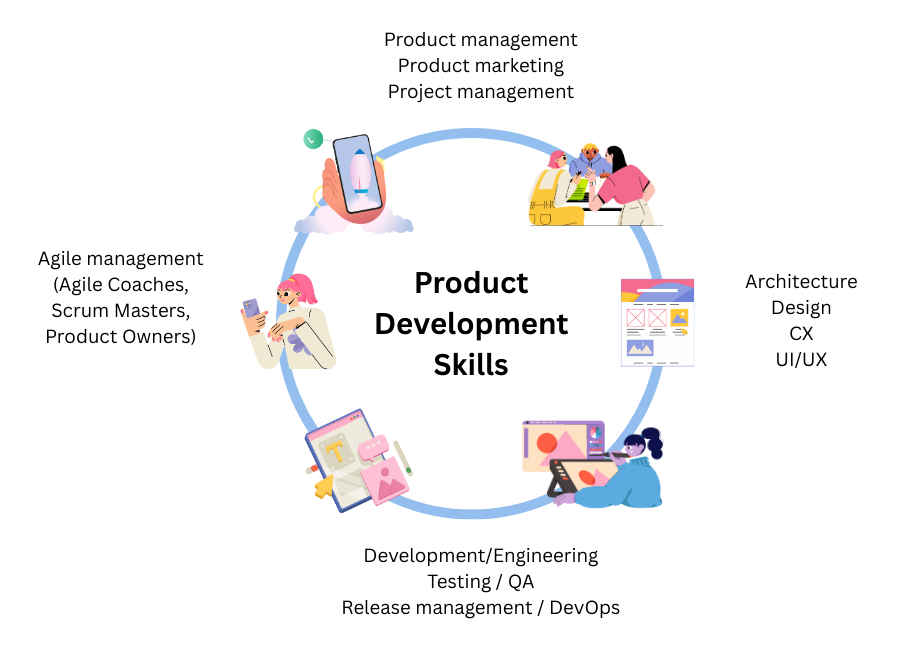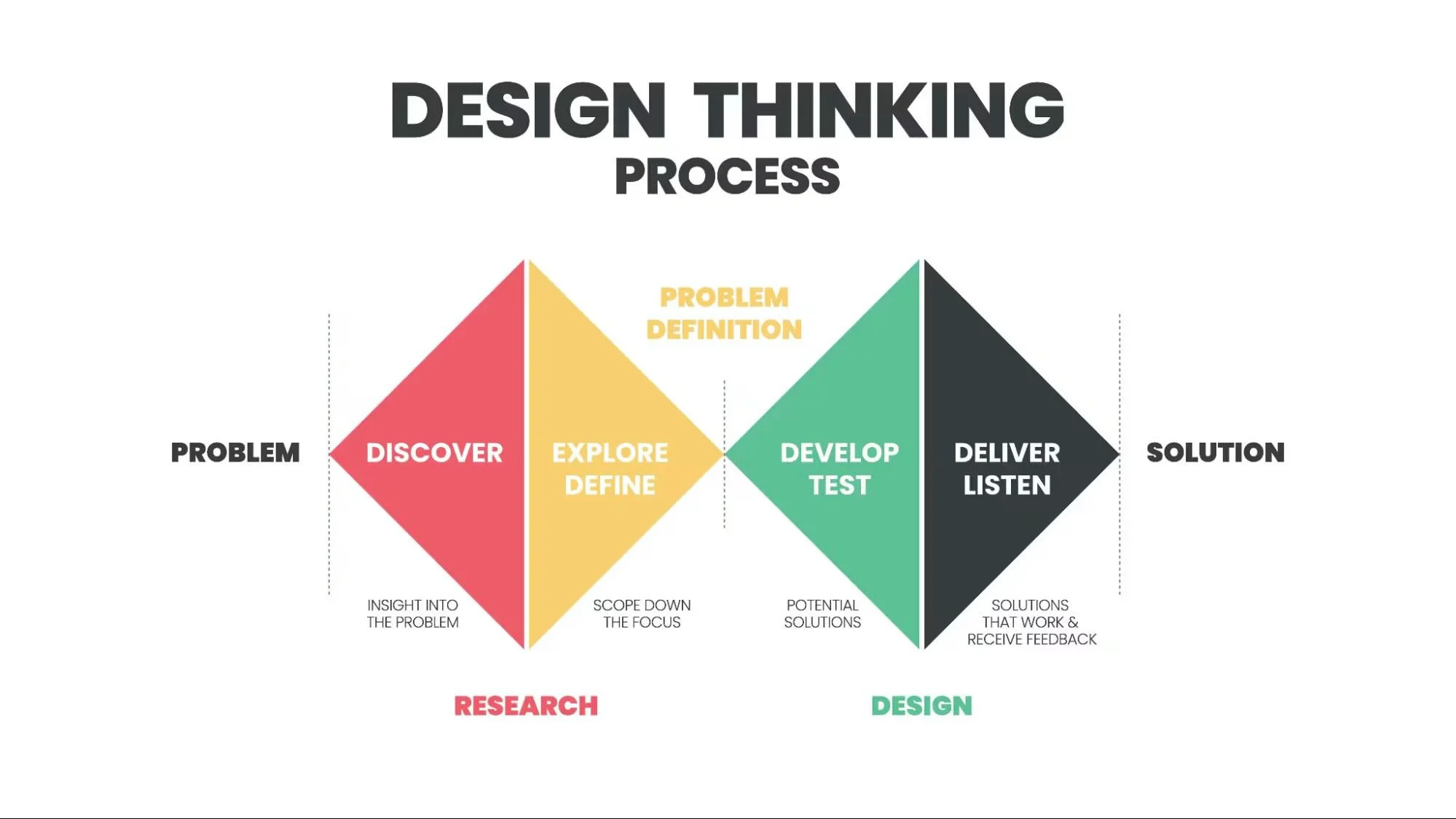An Introduction to Customer-Led Product Thinking
Product development is nothing new but shifting from a delivery-first to a customer-first mindset? That’s where real transformation begins.
In my years working in delivery across tech consultancies and financial services, I’ve seen that shift firsthand. We were once laser-focused on scope, budget, and timelines, often building exactly what the client asked for, with little challenge to the brief. “Delivery at all costs” was the goal of our clients, and we met the challenge.
Today, working with Product Teams, and coaching Agile Leaders, Delivery and Project Leads, I see this question coming up again and again:
“How do we move from managing tasks to delivering real value?”
That’s what this article is about.
From Delivery Obsession to Customer Obsession
In my early days working in digital, delivery was the product. If we shipped on time and on budget, we’d call it a success, even if nobody used the thing!
But we’ve matured.
In the past 8 years, working alongside Experience Designers, Product Managers, and Customer Experience teams, we see product development not as project execution, but as value creation.
Product Development Process = Value Creation
It’s not just about building faster. It’s about building smarter, for the people who matter most: your customers.
Product development is more than just building something. It’s about solving the right problems, in the right way, for the right people.
Customer-Centric Product Value: Why It Matters Now More Than Ever
The digital economy has changed everything. Today’s users are:
More informed
Less loyal
Deeply experience-driven
Neobanks like Monzo and Revolut don’t just meet user needs, they anticipate them. I’ve been a Monzo user since its earliest beta days. In 2015, I joined their “waitlist”, it was a brilliant growth hack that turned scarcity into virality. By 2016, over 70,000 users were testing what would become a full-service digital bank.
They didn’t start by building everything. They started small, built fast and kept the customer close.
Now? Instant notifications, AI budgeting, personalised nudges… They’ve transformed from a card into a lifestyle finance platform.
Closer to home, I’ve seen The UAE challengers like Liv leverage AI-powered expense tracking to guide users toward their goals, proving that even legacy-linked banks can drive experience-led innovation.
Why Traditional Institutions Must Pay Attention
This is no longer a FinTech trend. It’s a competitive reality.
Customer-centric product models unlock:
✔ Deeper engagement
✔ Higher lifetime value
✔ Faster innovation cycles
✔ Resilience in disruption
Yet many large organisations, particularly those with legacy tech or siloed structures still focus on throughput instead of outcomes.
How Do We Actually Shift?
Talk is cheap. Real change needs new ways of working. I’ve trained Agile and Delivery Leaders in exactly this, moving from output-based delivery to outcome-based product thinking.
Here’s how I guide teams to blend three essential frameworks:
1. Double Diamond
Human-Centered Problem Solving - Originating from the UK’s Design Council, this model emphasises understanding the problem deeply before rushing to solve it.
Stages:
Discover – Research, empathises, observe
Define – Synthesise insights, align on the right problem
Develop – Generate & test possible solution
Deliver – Implement strongest solution, refine iteratively
Why it’s powerful: Aligns teams around customer needs from day 1, ensuring solution is not just clever, but relevant.
2. Lean Start-Up Model
Build, Measure, Learn - This model thrives in uncertain environments where assumptions must be validated quickly.
Cycle:
Build – Develop a minimum viable product (MVP)
Measure – Test it with real users, gather data
Learn – Pivot, persevere or kill it
Why it’s powerful: It prevents teams from over-investing in unproven ideas. Learning happens early, fast, and affordably.
3. Agile Product Development
Iterative Improvement - Designed for environments where responsiveness is critical, prioritises adaptability through continuous delivery.
Key Practices:
Define a clear product vision and strategy
Prioritise a backlog of user-focused features
Deliver working software in short, iterative sprints
Incorporate real-time user feedback to drive updates
Why it’s powerful: Accelerates delivery without sacrificing relevance. Small, ongoing improvements outperform big, delayed launches.
Combined Approach: Vision to Market in 3 Stages
Combined Product Development Approach by Rebecca Hudson
Stage 1: Discover & Define
✔ Understand customer needs
✔ Prioritise the right problems
✔ Define MVP boundaries
(Double Diamond)
Stage 2: MVP Release
✔ Validate assumptions
✔ Gather real-world feedback
✔ Avoid over-building early
(Lean Startup)
Stage 3: Iterative Delivery
✔ Deliver value incrementally
✔ Monitor data and refine
✔ Stay aligned with evolving needs
(Agile)
Case in Point: Credit Card Innovation Done Right
Imagine you want to launch a new partner-sponsored credit card.
Instead of a 9-month delivery cycle, you:
✔ Use design sprints to validate customer pain points
✔ Build a lean MVP with essential features
✔ Launch to a controlled group
✔ Use feedback to shape full release
That’s not a faster way of building, it’s a smarter one. And I’ve seen this approach transform traditional organisations from within.
Final Thoughts
If you want to compete in today’s experience economy, you can’t just build better. You have to think differently. Delivery isn’t just execution. It’s a strategic capability. And it must evolve to reflect the customers we serve.In my work with delivery leaders, strategists, and experience teams, I’ve learned this:
The best products are born not from process… but from purpose. Let’s stop obsessing over outputs. Let’s start delivering real, measurable value.
If your delivery, PMO, or product team is stuck in output mode, let’s talk. I help leadership teams bridge delivery and strategy, and coach transformation through clarity, not chaos.
A Little Disclaimer:
My words are my own. Whilst Chat GPT and other AI tools are amazing resources to check my grammar, suggest better formatting and provide catchy headlines when the brain fog sets it, it cannot provide verifiable data without substantiation. It cannot replace experience or the passions and inspirations which fuel our professional lives. Any data and trends I have included have been substantiated via the sources I provide. The insights given in this article are based on my +21 years professional experience, my 10 years in senior leadership roles and my own wide-ranging research. If this article has resonated with you please feel free to comment and share, feedback is always welcome and appreciated.




